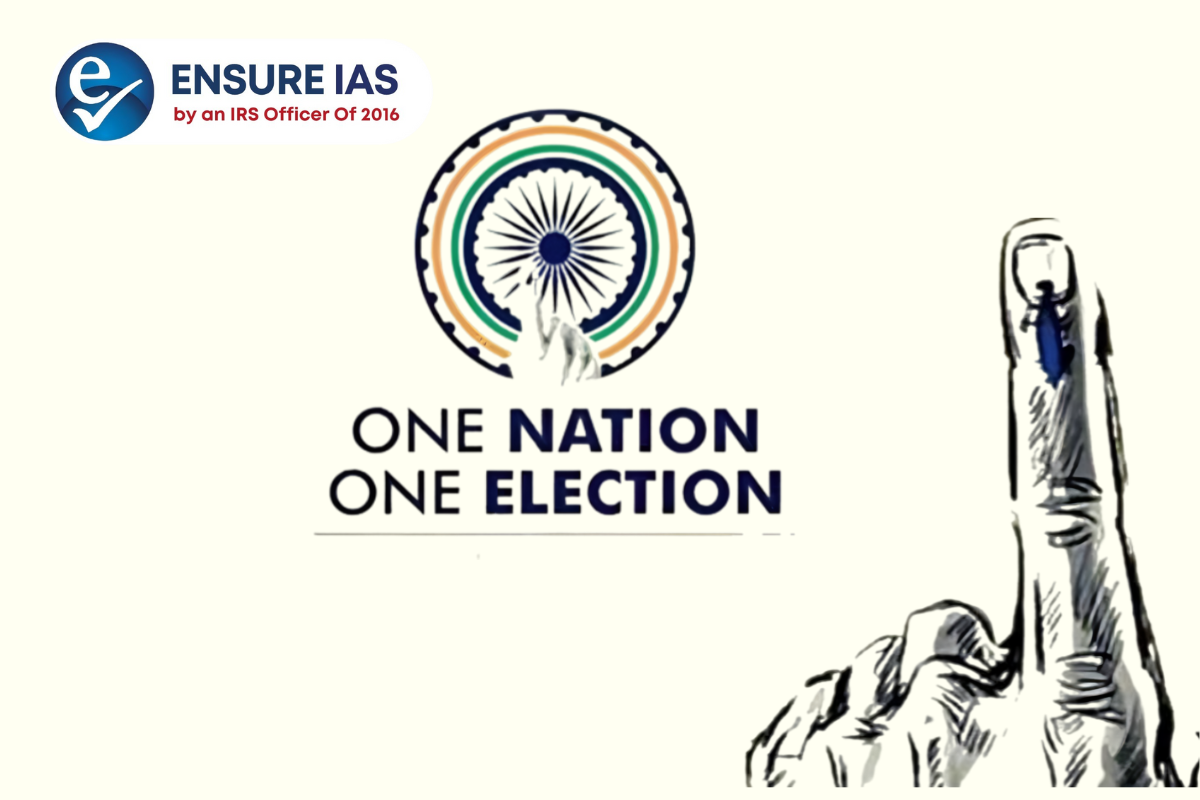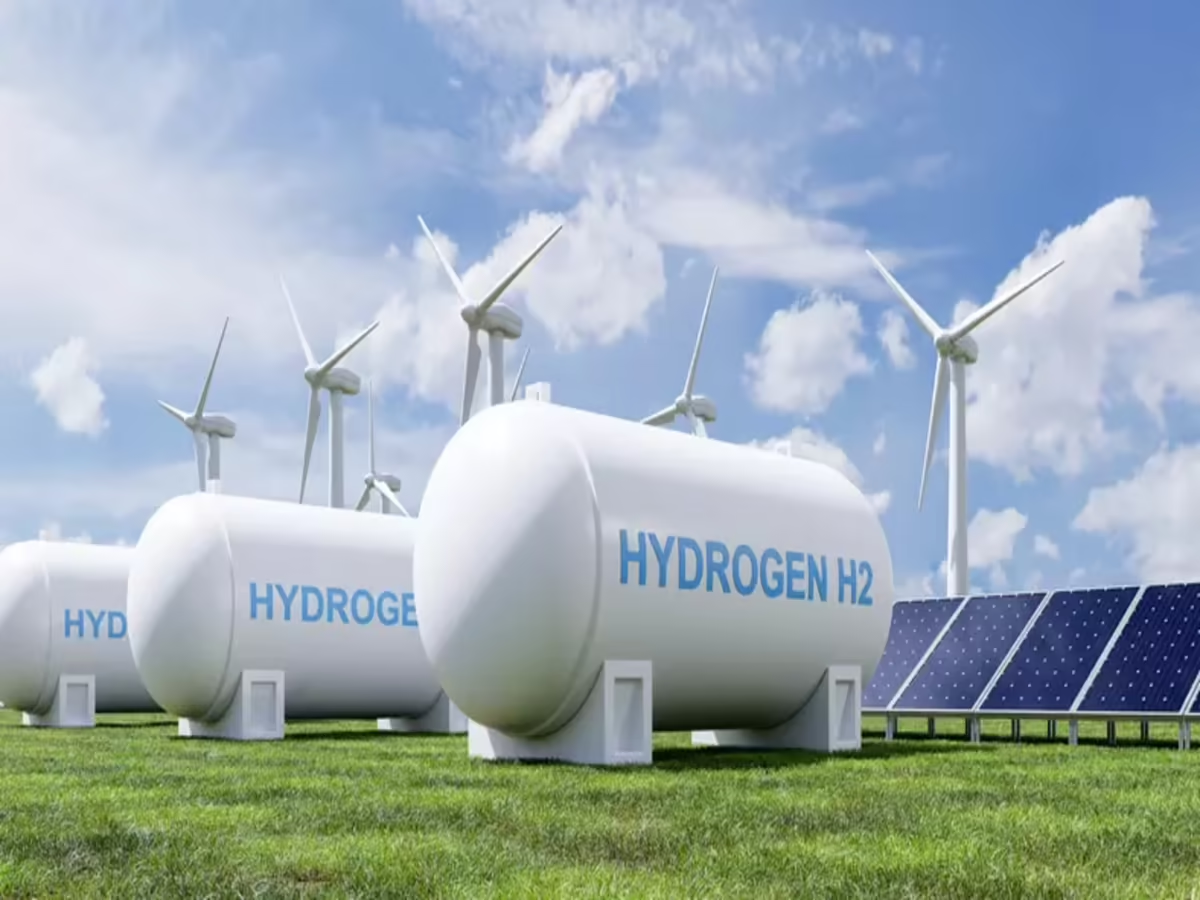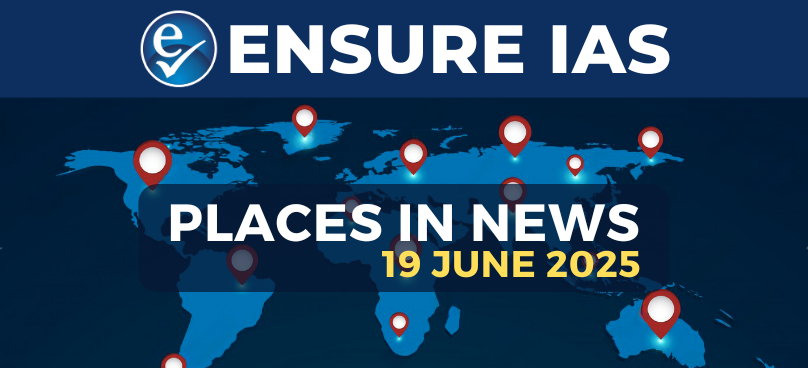- Courses
- GS Full Course 1 Year
- GS Full Course 2 Year
- GS Full Course 3 Year
- GS Full Course Till Selection
- Answer Alpha: Mains 2025 Mentorship
- MEP (Mains Enrichment Programme) Data, Facts
- Essay Target – 150+ Marks
- Online Program
- GS Recorded Course
- Polity
- Geography
- Economy
- Ancient, Medieval and Art & Culture AMAC
- Modern India, Post Independence & World History
- Environment
- Governance
- Science & Technology
- International Relations and Internal Security
- Disaster Management
- Ethics
- NCERT Current Affairs
- Indian Society and Social Issue
- NCERT- Science and Technology
- NCERT - Geography
- NCERT - Ancient History
- NCERT- World History
- NCERT Modern History
- CSAT
- 5 LAYERED ARJUNA Mentorship
- Public Administration Optional
- ABOUT US
- OUR TOPPERS
- TEST SERIES
- FREE STUDY MATERIAL
- VIDEOS
- CONTACT US
HIGH LEVEL COMMITTEE (HLC) ON ONE NATION ONE ELECTION
HIGH LEVEL COMMITTEE (HLC) ON ONE NATION ONE ELECTION
04-04-2024

- In March, 2024 The 6-member High-level Committee (HLC) on Simultaneous Elections, headed by Ram Nath Kovind (former President of India), submitted its Report (comprising 18,626 pages) to President Droupadi Murmu.
- This panel was set up in September 2023 by Union Government to check feasibility of simultaneous elections.
- Its objective is to improve governance, reduce election expenditure and reduce disruptions caused by frequent elections.
- HLC has suggested a 2-step process to synchronize election cycles of the 3 tiers of government.
|
Step 1: Synchronizing Lok Sabha and Assembly Elections
|
Step 2: Integrating Local Body Polls
|
|
|
|
|
|
|
|
|
Other Major Recommendations
- Amend the Constitution to enable a common voter list and a single voter ID card for all elections.
- Introduce new constitutional provisions (Article 324A) to empower Parliament to ensure simultaneous local body elections.
- In case of mid-term elections, hold fresh elections only for the remaining term to maintain synchronicity.
What are the Benefits of Simultaneous election
- Resource will be saved as they will be used only once in 5 years.
- Administration staff will have to come for election duty only once in 5 years so they will better focus on their work.
- Model Code of Conduct will be imposed only once in 5 years so there will be continuity of policies.
- Voter turnout may increase as election will happen only once in 5 years.
- Similar type of party will win at all 3 tiers so there will be smooth relation between Centre-State-local bodies.
Challenges in Simultaneous Election
- For Synchronizing elections, Constitutional Amendments will have to be done.
- Simultaneous Elections may not be liked by some states which have different agenda from Centre.
- Simultaneous Elections may ignore regional issues and small regional parties.
- So, Simultaneous Election will require changes in those state laws.
- More infrastructure will be required, like more EVMs (electronic voting machines) and more VVPAT (Voter Verifiable Paper Audit Trail Machines) would be required.
- Ensuring the availability of VVPATs everywhere poses a logistical challenge
- The need for more armed forces and personnel at the same time will pose a challenge.
- More number staff will be required.
Law commission report on Simultaneous Election, 2018
|
Problem in Election |
Solution proposed by Law Commission |
|
|
|
|
|
|
|
|
|
|



